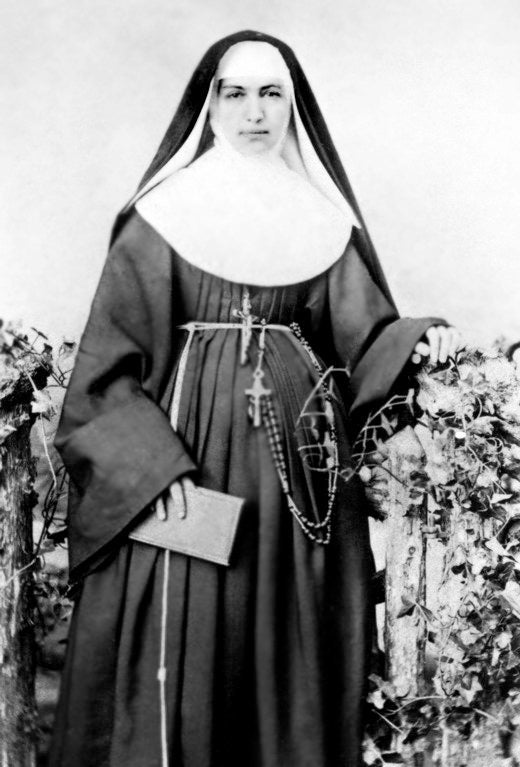
By Renee K. Gadoua
Religion News Service
Barbara Koob moved from Utica, N.Y., to nearby Syracuse in the summer of 1862, when she was 24, to enter the convent of the Sisters of St. Francis.
Twenty-one years later, the woman the world now knows as Saint Marianne Cope left Syracuse to work as a missionary among the lepers in Hawaii. Even during her lifetime, many considered her a saint for her bravery, compassion and leadership. She spent 35 years ministering to hundreds of people so feared that the Kingdom of Hawaii banished them to a remote, desolate peninsula of Kalaupapa on the island of Molokai.
"When the roll of the saints is called, Mother Marianne will be there," Syracuse reporter Fred Dutcher wrote in The Post-Standard after Mother Marianne died Aug 9, 1918. "Fifty-six of the eighty years of her life she gave in the service of the Man of Galilee whose touch made a leper clean, and thirty-five of those she devoted in ministration to the doomed people of Molokai."
Dutcher's prediction came true last month, when the Sisters of St. Francis learned that Pope Benedict XVI proclaimed Cope a saint. She will be canonized next year. The designation came after an intense, 40-year-long process. The Franciscan sisters gathered thousands of pages of research about their heroine, toured the places she lived and worked and collected information about miracles, including two the Vatican ultimately ruled were healings of people whose recovery doctors could not explain.
The long journey to sainthood began with a modest life in Central New York. From 1862 to 1883, the future saint was a Franciscan leader and administrator of St. Joseph's Hospital in Syracuse.
Cope was born Jan. 23, 1838, in Germany. Before she was 2, her family moved to Utica and Americanized the last name from "Koob" to "Cope." She moved to Syracuse after her father died of an illness in 1862. She took the name Marianne when she entered the convent
Cope was about 5 feet tall, with a towering personality. Accounts also hint at some unsaintly traits: a sharp tongue and perhaps a bit of impatience.
Cope lived at the hospital with the nurse-sisters she supervised while also supervising the St. Francis Convent and helping to lead the community of sisters. She made the 30-to-40-minute walk -- wearing a full-length skirt and a headpiece -- to fulfill work obligations.
Her order had been founded in 1860 by three sisters from Philadelphia responding to a request to work with immigrants in Utica and Syracuse, which were then part of the Roman Catholic Diocese of Albany.
The Syracuse-based Franciscans are one of many men's and women's religious communities that take their inspiration from St. Francis of Assisi, the 13th-century Italian friar who cast off his family's wealth in favor of a life serving the poor and weak.
Cope kept journals while in Hawaii, and some survived, as have some letters. Few of her writings reveal personal thoughts; instead, the majority are businesslike records. Several biographical accounts describe her as constantly busy with the administrative work of the order and the hospital.
Cope is said to have "administered the hospital from top to bottom ... reverence for the patients was her main concern and she could often be found sitting by a patient's bedside after the lights went out."
She believed that everyone deserved to be treated respectfully, including alcoholics and lepers.
"The charity of the good knows no creed and is confined to no one place," Cope wrote in 1870.
Renee K. Gadoua writes for The Post-Standard in Newark, N.Y.
Click through to see a slideshow of Americans who have been canonized as saints:
